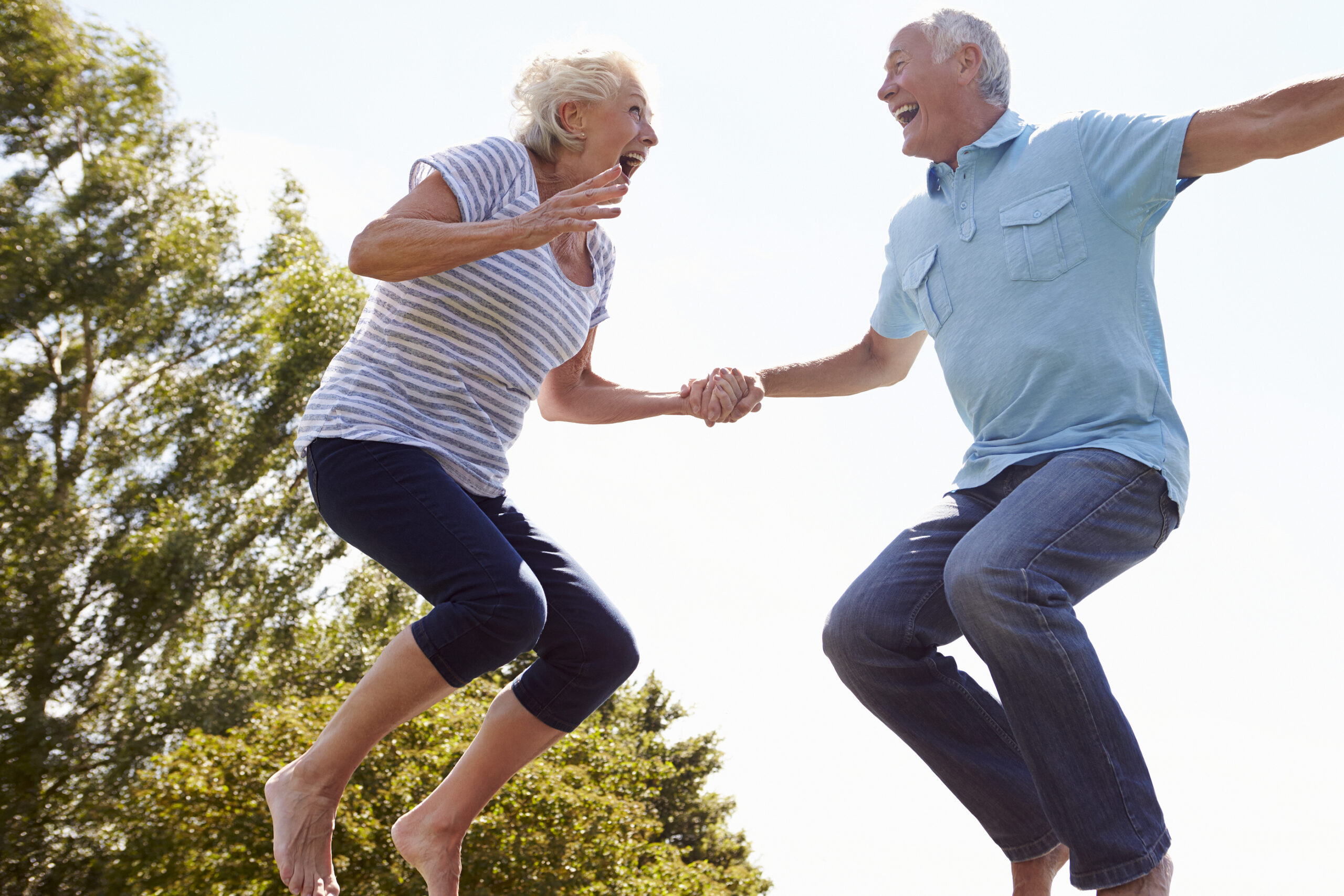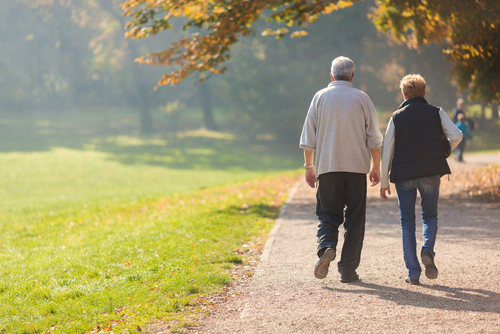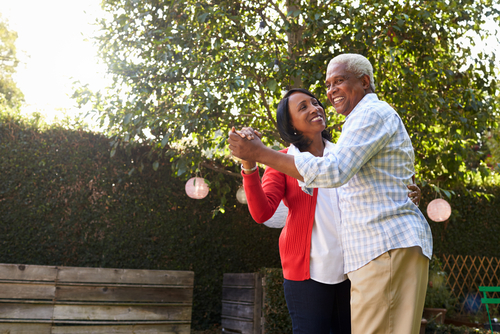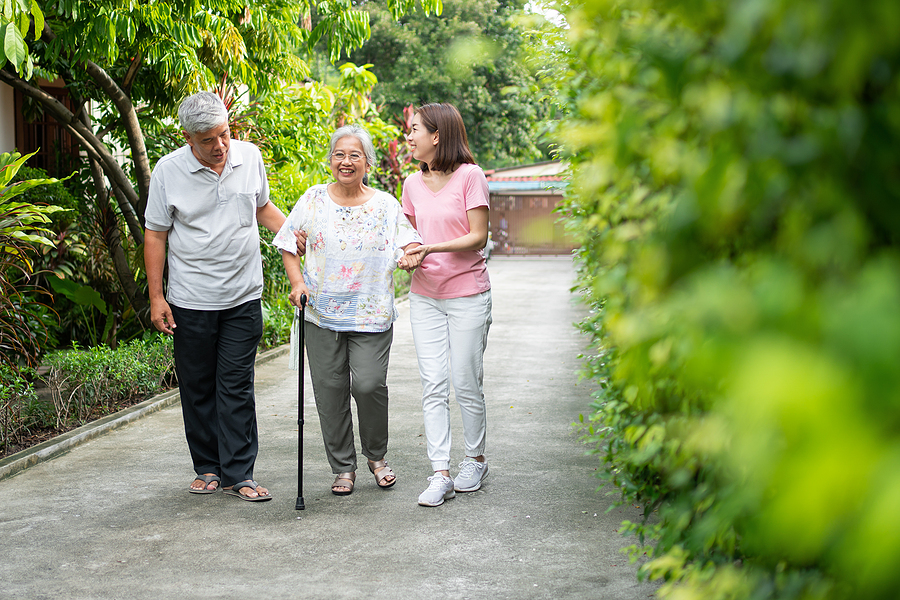Benefits of Rebounding for Seniors
Category:

Mini trampolines, or rebounders, have become increasingly popular over the years, especially with seniors. The low-impact exercises are easy to perform and provide numerous benefits for overall well-being. Before you embark on a quest for the best rebounder for seniors, let’s take a closer look at the benefits and some exercises to get you started.
Benefits of Rebounding for Seniors
The advantages of rebounding exercises can be huge for seniors’ physical and mental health. Here are a few benefits of rebounder senior fitness:
-
Improves balance and confidence: Trampoline exercises help seniors become more stable and coordinated, which will help them avoid falls. The added confidence boost will also ensure they move forward with high self-esteem.
-
Improves blood circulation: Waste accumulation in your body can negatively affect your mood and can result in you losing serotonin and insulin. Rebounder exercises push seniors upward with every bounce, which forces your muscles to compensate for gravity by requesting more energy from your blood. As this blood flows into your body, pain and soreness become less intense.
-
Boosts brain function: Higher levels of circulation can provide better blood levels to the brain, which can help improve focus and memory.
-
Decreases blood pressure: Stuck-together blood cells and hardening arteries can lead to blood clots and increased blood pressure. The movement of rebounding exercises can prevent these dangerous conditions and improve overall cardiovascular health.
-
Improves digestion: Rebounding exercises help regulate intestinal movements to allow your body to pass waste with minimal or no difficulty. Additionally, your body absorbs more glucose from the blood and becomes more sensitive to carbohydrates and protein.
-
Reduces risk of diabetes: Jumping on a trampoline can lower your blood sugar levels, improve the work of insulin in your body, and increase insulin sensitivity.
-
Promotes weight loss: Rebounder exercises for elderly help your body muscles absorb more glucose from the blood. This ultimately results in reducing your body’s stored lipids.
-
Provides general health benefits: The health benefits for rebounding include but are not limited to reducing sciatica, improving lymphatic drainage, and benefitting skin-cell rehabilitation.
Rebounding Exercises for Seniors
Now that we know more about the health benefits of rebounding, it is time to jump right into it. Here are a few examples of rebounding exercises for seniors:
-
Jogging: Lift your knees in front of you to jog in place and pump your opposite arms. Repeat for 1-4 minutes.
-
Vertical jumps: While standing, jump up and keep your legs together while simultaneously raising your arms overhead and then lowering them back to the starting position. Repeat for 1-3 minutes.
-
Toe touch: Stand with your feet a few inches apart with your arms straight out to your sides. Keep one knee slightly bent and lift the opposite foot and slowly tap the front of the frame with your toe, then tap the side, then the front, then finally finish at your starting position. Repeat with your other foot.
-
Straight ahead hold: Stand on the trampoline with your feet a few inches apart and your arms straight out in front. Keep one knee slightly bent and lift the opposite foot straight out in front of you. Hold this for 5-30 seconds and return to the starting position. Repeat the same move with the opposite foot and if possible, alternate five times.
Subscribe
Date: March 25, 2021
Category:


